The $4 Million Crisis No One Saw Coming: Why Your Board Needs a Hybrid CMO/CTO
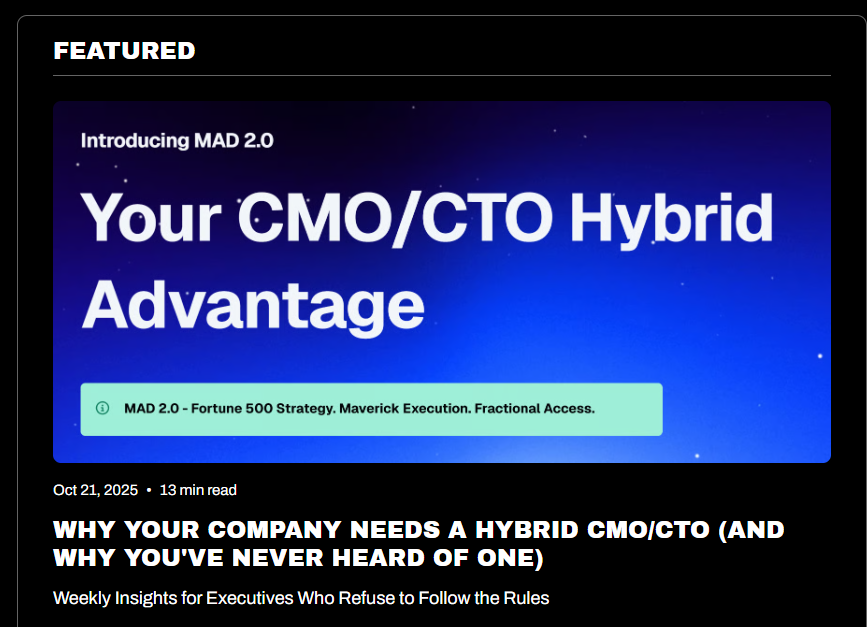
Why Your Board Needs a Hybrid CMO/CTO
Executive Summary: In 1987, Navistar faced a visible crisis—a retiring expert with irreplaceable knowledge. They solved it with a custom wiring harness system. But the real crisis—$4 million in annual losses from assembly line non-starts—remained invisible until hybrid CMO/CTO thinking connected problems nobody else was connecting. This is why integrated executive leadership isn't optional anymore.
What's the Worst Problem to Have?
The one you didn't see coming.
Not the crisis your board is discussing in every meeting. Not the challenge dominating your strategic planning sessions. Not the problem everyone's aligned on solving.
The crisis that's already destroying your business while you're laser-focused somewhere else.
In 1987, I watched this play out at Navistar in real-time. What I learned changed how I think about executive leadership forever.
And it's why I became the world's only Hybrid Fractional CMO/CTO.
The Visible Crisis: A Ticking Time Bomb
Context: Navistar, fresh off the International Harvester transformation. Q1 1987 revenue: $1 billion. Manufacturing facilities running at capacity.
The Problem: A single factory worker was the only person who knew how to create custom wiring harnesses for trucks. Decades of tribal knowledge locked in his head.
He was about to retire.
This wasn't a "nice to have" documentation project. This was existential:
- He worked overtime just so he could take a vacation
- Zero backup personnel
- No written procedures
- Complete knowledge bottleneck
The company knew they had a problem. They diagnosed it correctly: We need a system to transfer this knowledge before he retires.
Technology problem. Clear scope. Obvious solution.
They were right.
They were also catastrophically wrong.
The Technical Challenge Nobody Knew How to Solve
Early PC era. ATARI 800. Gaming was just becoming a thing.
The challenge: Build a system that could visually guide a factory worker through the complex spatial reasoning required to assemble custom wiring harnesses.
Think about what that means:
- Three-dimensional problem-solving
- Visual pattern recognition
- Step-by-step procedural guidance
- Error prevention at each decision point
- Adaptation to custom configurations
Nobody in traditional manufacturing software knew how to build this.
CAD systems existed, but they were for engineers, not factory workers. Enterprise software was text-based. Manufacturing execution systems tracked throughput, not spatial reasoning.
This was a different kind of problem.
And as the hiring manager, I had a choice to make.
The Hiring Decision: CTO Thinking Meets Pattern Recognition
Option 1: Hire a traditional manufacturing systems programmer
Pros:
- Understands factory workflows
- Knows existing systems
- Safe hire, defensible to management
Cons:
- No experience with visual problem-solving interfaces
- Likely to build text-based system (wouldn't work)
- Standard thinking for non-standard problem
Option 2: Hire a gaming programmer
Pros:
- Solves visual puzzles for a living
- Understands spatial reasoning interfaces
- Innovates with emerging technology
Cons:
- Zero manufacturing experience
- Unproven in industrial environment
- Risky hire, hard to defend to management
I hired the gamer.
Why? Pattern recognition.
Wiring harness assembly is a spatial reasoning problem. Gaming programmers build systems that guide users through visual decision trees. The ATARI 800 was proving that interactive graphics could solve complex problems.
This was CTO thinking: Understanding that the type of problem dictates the type of expertise required, even when that expertise comes from an unexpected domain.
Standard CTO: Hires for credentials and industry experience.
Hybrid CMO/CTO: Hires for cognitive pattern match and transferable problem-solving.
That decision would eventually save Navistar $4 million annually.
But first, it almost destroyed everything.
The Crisis Within The Crisis: When Innovation Meets Bureaucracy
Six weeks into the project.
My manager storms into my office. Face red. Voice tight.
"Fire him. Now."
The programmer had been printing gaming instructions on the departmental printer. Tied up the printer for hours. My manager couldn't run his reports.
Corporate policy violation. Grounds for immediate termination.
Here's where CMO thinking saved CTO innovation.
Standard CTO Response:
"Policy is policy. Can't defend this. Fire him and start over."
Result: Lost investment, project delayed 3-6 months, standard solution implemented, non-starts continue.
Standard CMO Response:
"Document the incident. Protect the department's reputation. Issue formal warning."
Result: Programmer scared straight, innovation stunted, safe solution delivered, non-starts continue.
Hybrid CMO/CTO Response:
Flip the political chess board.
I pointed out to my manager—and his manager—that if they fired the programmer for violating policy, they'd have to fire my manager too.
Why?
Corporate policy explicitly states: No one can look at what's printing. It's confidential information.
My manager looked at what was printing to determine it was gaming instructions.
Policy violation. Grounds for termination.
They backed down.
I wrote up the programmer. 30 days probation. Innovation protected. Project continued.
This is what hybrid thinking looks like:
- CTO: Recognizes technical innovation requires protection
- CMO: Understands organizational politics and policy leverage
- Integrated: Uses policy not to destroy innovation, but to defend it
You can't separate these. You need someone who thinks in both domains simultaneously.
The Demonstration: Visible Problem, Solved
30 days later, the programmer demonstrated the application.
The room went silent.
Visual system. Step-by-step wiring harness assembly. Any factory worker could follow it. Custom configurations handled automatically. Error prevention built in.
The retiring expert's knowledge—externalized, systematized, scalable, transferable.
Visible crisis: Solved.
We implemented the system at the Springfield plant.
And that's when we discovered the invisible crisis.
The $4 Million Problem Nobody Saw
Trucks were reaching the end of the assembly line.
And they weren't starting.
Every. Single. Day.
Non-starts meant:
- Troubleshooting delays
- Rework
- Assembly line backups
- Delivery delays
- Warranty exposure
- Lost productivity
Nobody had connected non-starts to wiring harness errors.
Why would they? The harnesses were being built by an expert with decades of experience. The problem was clearly somewhere else in the assembly process.
After we implemented the visual guidance system?
Zero non-starts.
Every. Single. Truck. Started.
$4 million saved. Annually.
The visible crisis—retiring expert, knowledge bottleneck—was real.
The invisible crisis—systematic quality control failure costing millions—was the one actually destroying the business.
Nobody saw it coming.
The Three Crisis Layers Framework
This story reveals a pattern I've seen repeated across 25+ years and three technology paradigm shifts.
Every major business disruption has three crisis layers:
Layer 1: The Visible Crisis (What Everyone Sees)
- Clear symptoms
- Board-level awareness
- Resources allocated
- Solutions attempted
Navistar Example: Retiring expert, knowledge bottleneck
Layer 2: The Hidden Crisis (What's Actually Happening)
- Systemic problem
- Invisible to leadership
- Massive cost/impact
- Requires connection of disparate data points
Navistar Example: $4M annual loss from assembly line non-starts
Layer 3: The Political Crisis (What Blocks the Solution)
- Organizational bureaucracy
- Policy vs. innovation tension
- Risk-averse decision-making
- Silos preventing integrated thinking
Navistar Example: Corporate policy threatening to terminate the only person who could solve both crises
Standard executive: Solves Layer 1, misses Layer 2, gets blocked by Layer 3.
Hybrid CMO/CTO: Sees all three layers simultaneously and navigates them as an integrated system.
Want to know if you're experiencing this pattern? Take the Hybrid Leadership Gap Assessment - 10 questions, 5 minutes, immediate results.
Why This Requires Hybrid CMO/CTO Thinking
Let's war-game the alternatives:
Scenario A: CTO Only
Hires: Traditional manufacturing programmer
Delivers: Text-based system that technically works
Result:
- Visible crisis solved (knowledge transferred)
- Hidden crisis continues ($4M annual loss persists)
- No pattern recognition connecting non-starts to harness errors
- ROI: Marginal
Scenario B: CMO Only
Delivers: Process documentation and training programs
Result:
- Knowledge management initiative launched
- Expert retires anyway
- Knowledge dies with him
- Hidden crisis accelerates
- ROI: Negative
Scenario C: CMO + CTO (Separate Fractionals)
Delivers: Two separate initiatives
CTO: Builds system (may or may not work)
CMO: Documents process and manages change
Result:
- Coordination overhead
- Misaligned priorities
- Gaming programmer potentially fired (CMO wouldn't know how to defend innovation against HR)
- Even if system works, connection to non-starts likely missed (requires integrated thinking)
- ROI: Moderate, high coordination cost
Scenario D: Hybrid CMO/CTO (What Actually Happened)
Delivers: Integrated solution across technical, organizational, and political domains
Result:
- Gaming insight solves visual problem (CTO pattern recognition)
- Political navigation protects innovation (CMO organizational understanding)
- Systems thinking connects non-starts to harness errors (integrated)
- $4M saved annually
- ROI: 50:1 or better
The difference isn't incremental. It's categorical.
The Pattern Recognition You're Missing
Your board is having the wrong conversation.
You're debating:
- Should we hire a fractional CMO?
- Should we hire a fractional CTO?
- Should we hire both?
Wrong question.
The right question: What invisible crisis is already costing us millions while we're solving visible problems?
And the follow-up: Do we have someone who can see connections nobody else is seeing?
Because here's what I've learned across 25+ years surviving Fortune 500 collapses:
The crisis that destroys you is never the one you're discussing in board meetings.
It's the one that requires:
- Technical pattern recognition (CTO)
- Organizational systems thinking (CMO)
- Political navigation (both)
- Integration of disparate signals (hybrid)
You don't get that from two separate executives having coordination meetings.
You get that from one person who thinks in both domains natively.
What This Looks Like Today
Navistar was 1987. The technology has changed. The pattern hasn't.
Today's version of this story:
Your company is investing $2M in a marketing technology stack.
Visible crisis: Need better marketing automation and analytics.
Hidden crisis: Your tech infrastructure can't support the integration. Your data architecture is siloed. Your API limits will choke the new system.
Political crisis: Your CTO is blocking the CMO's platform choice. Your CMO thinks the CTO is being obstructionist. Your board is forcing a decision.
What happens:
- You spend $2M
- Implementation takes 18 months instead of 6
- Half the features don't work
- Your marketing team blames technology
- Your tech team blames marketing
- Meanwhile, your competitors are eating your market share
Standard resolution: Fire someone. Hire consultants. Spend another $1M fixing it.
Hybrid CMO/CTO resolution: See the invisible crisis during platform evaluation. Choose the right stack that integrates with your actual infrastructure. Implement in 6 months. ROI in year one.
The pattern is identical. Only the technology changed.
The Post-Script Nobody Talks About
That programmer who almost got fired for printing gaming instructions?
He created an advanced computer aided system.
Additional savings: $12 million over three years.
All because someone understood:
- When to protect innovation (CMO)
- How to recognize pattern transfer across domains (CTO)
- How to navigate organizational politics (both)
That's $12 million in value from one hiring decision.
But only if you have hybrid thinking at the decision point.
Your Next Move: The Hybrid Leadership Gap Assessment
I've built a diagnostic that reveals the invisible crisis in your business.
It's called the Hybrid Leadership Gap Assessment.
What it reveals:
- Where your CMO and CTO thinking are misaligned
- What invisible crisis is already costing you
- Whether you need integrated executive leadership
- Your specific pattern of vulnerability
Takes 5 minutes. Results are immediate.
Take the Hybrid Leadership Gap Assessment → Click here
Or read the Complete Guide to Hybrid Fractional CMO/CTO to understand why integrated thinking prevents these crises.
Your choice.
Conclusion: The Crisis You Don't See Is The One That Kills You
Navistar's visible crisis—retiring expert—was real. But it wasn't the one costing them $4 million annually.
Your visible crisis—whatever you're discussing in board meetings right now—is probably real too.
But I guarantee it's not the one that's going to destroy your business.
The one that destroys you requires:
- Pattern recognition across domains
- Systems thinking that connects invisible problems
- Political navigation that protects innovation
- Integration of technical and organizational strategy
You can hire two executives and hope they coordinate.
Or you can hire one who thinks in both languages natively.
I survived 25+ years and three technology paradigm shifts so your board doesn't have to learn this lesson the expensive way.
Charles K. Davis
The Fractional CMO/CTO Samurai
Strategy Is The Beginning. Execution Is The Ending.
Four clients maximum. 90-day minimums. $18K-$40K monthly retainers.
Not scarcity. Mastery.
Schedule a 15-minute pattern recognition call → Click here
Let's find your invisible crisis before it finds you.
Related Reading:
- The Rebrand That Changed The Rules (Or: Why Navistar Taught Me Everything)
- Why Your CMO and CTO Are Both Right (And Your Company's Still Failing)
- The Digital Transformation That Was Really a Marketing Problem
- The Complete Fractional CMO Guide for 2025





.jpg)



.jpg)










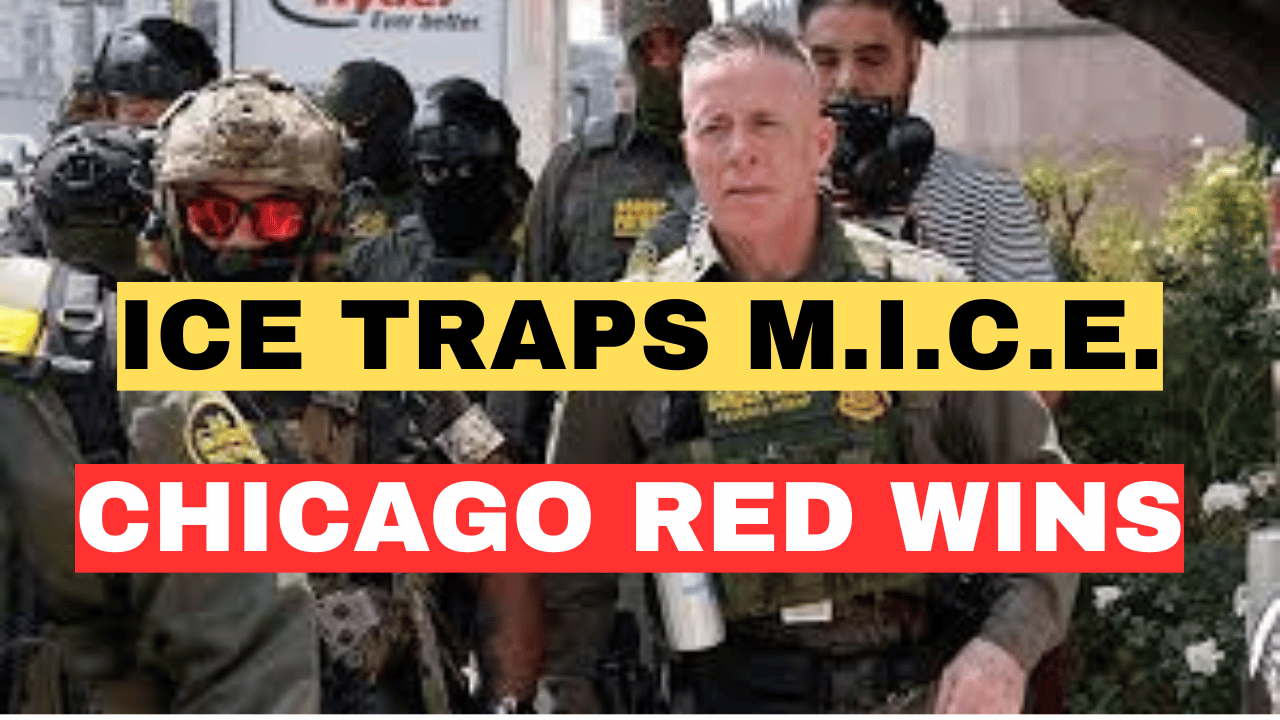

.jpg)


.jpg)
.jpg)

.jpg)


.webp)

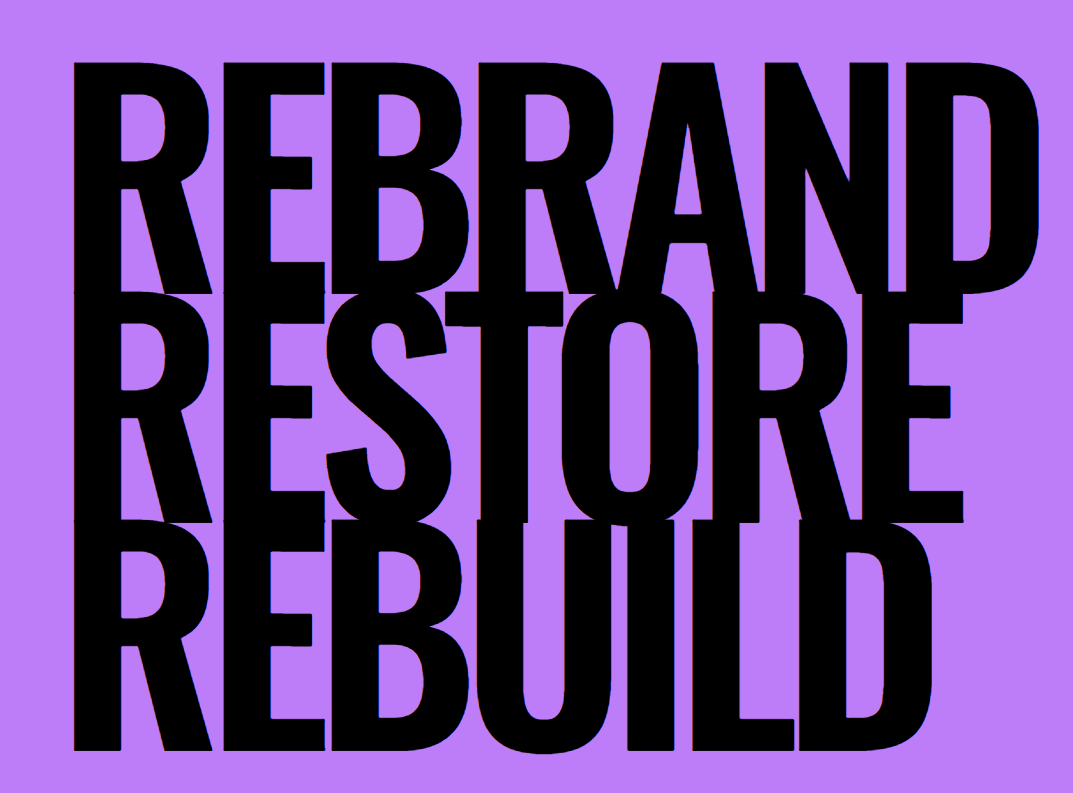



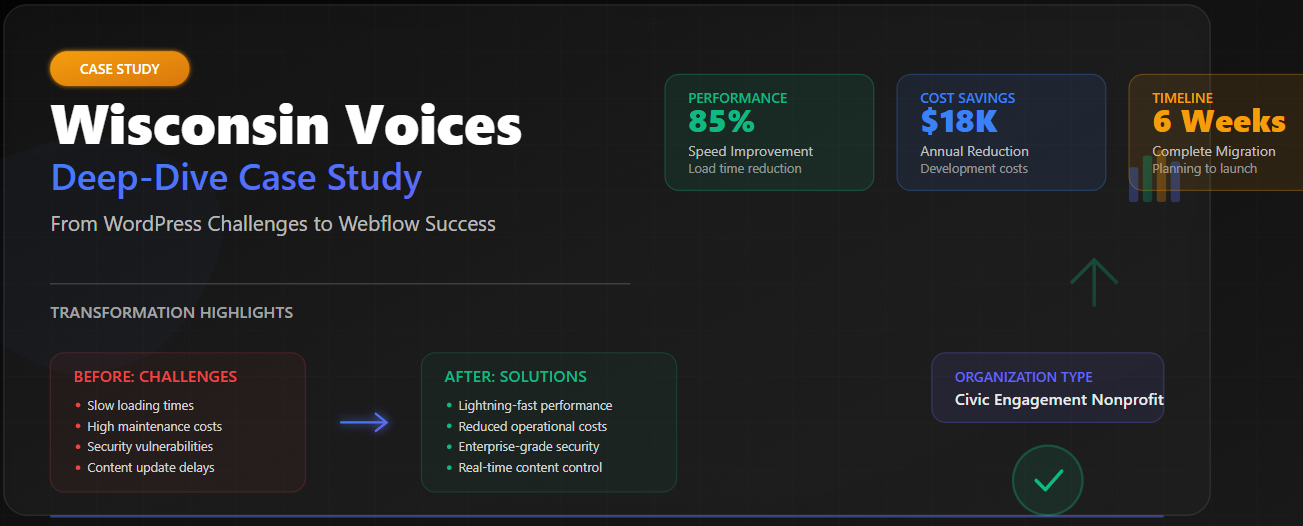
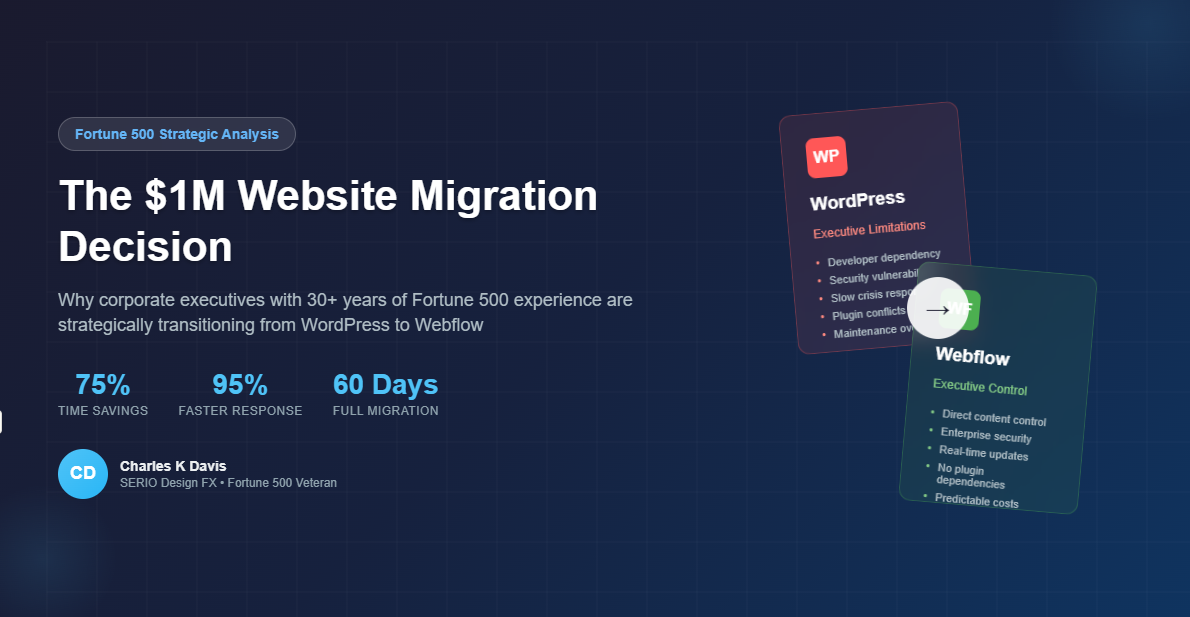
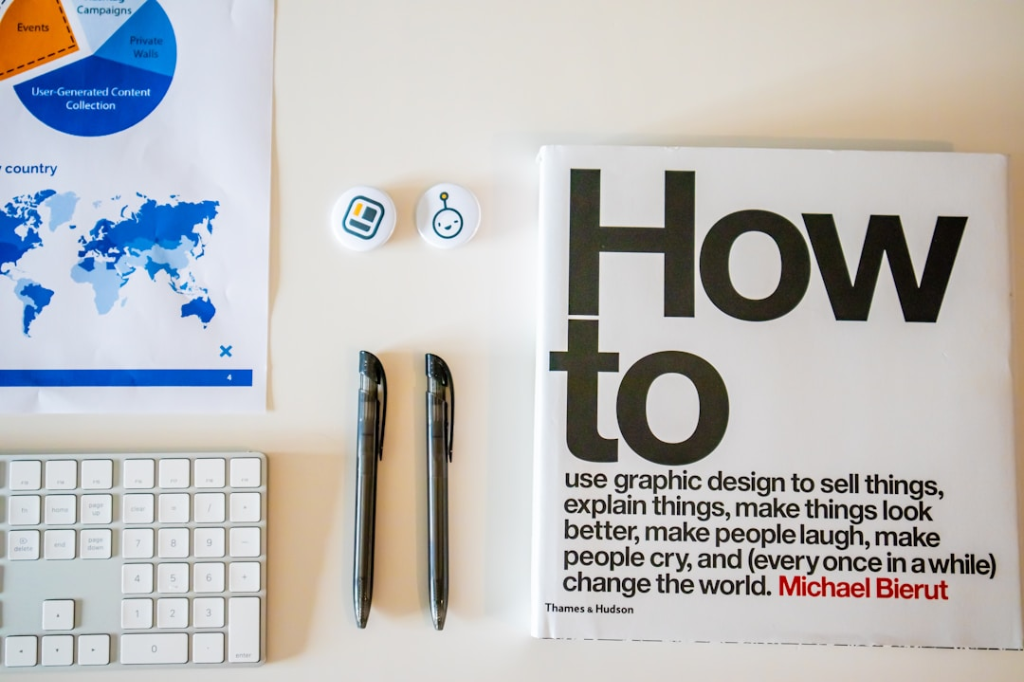











.png)

.png)





.png)





.png)































